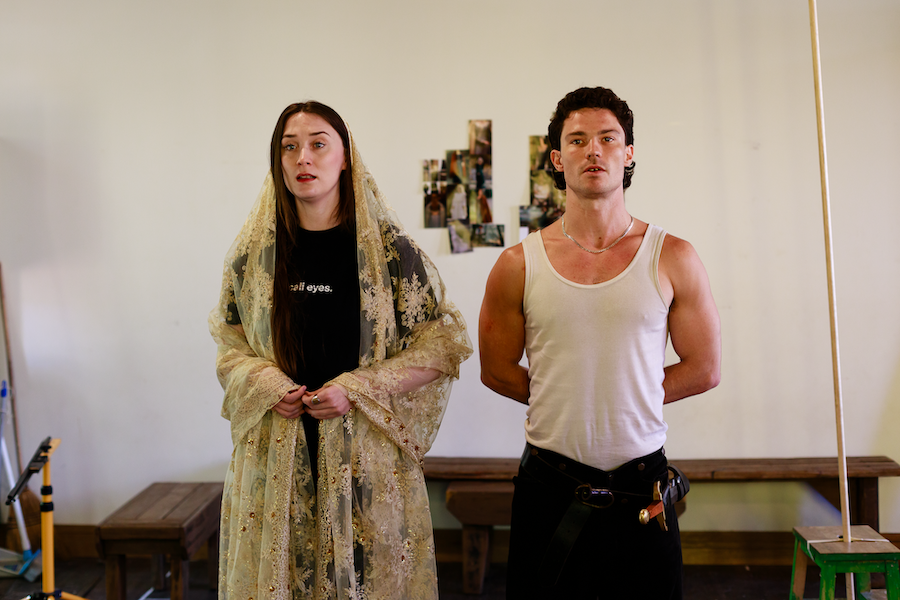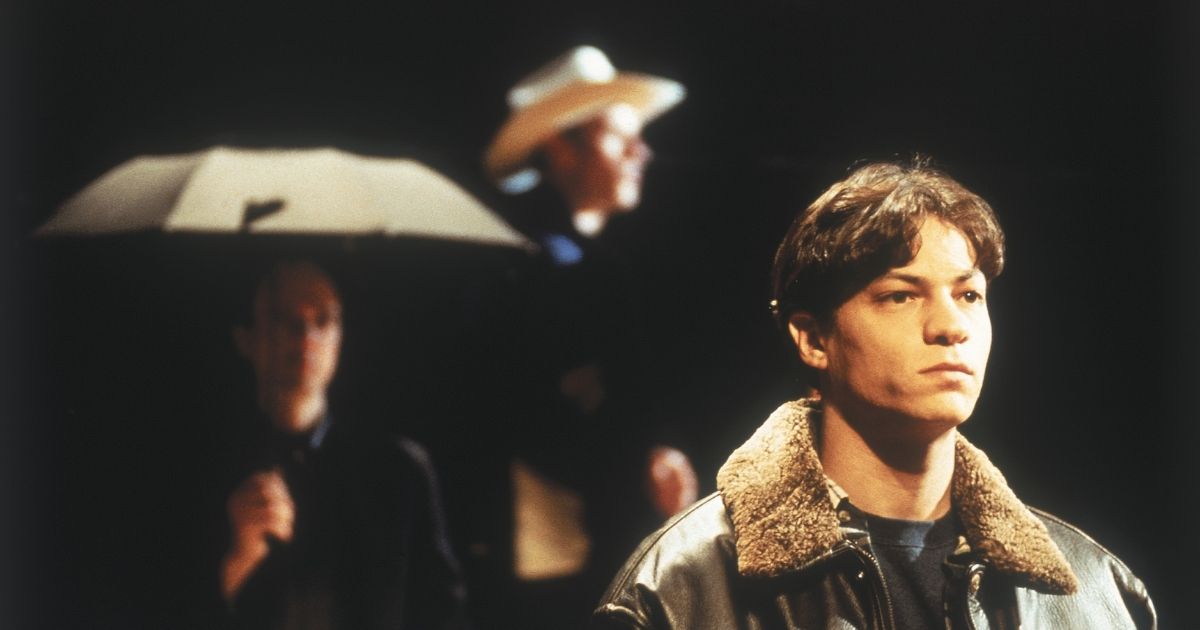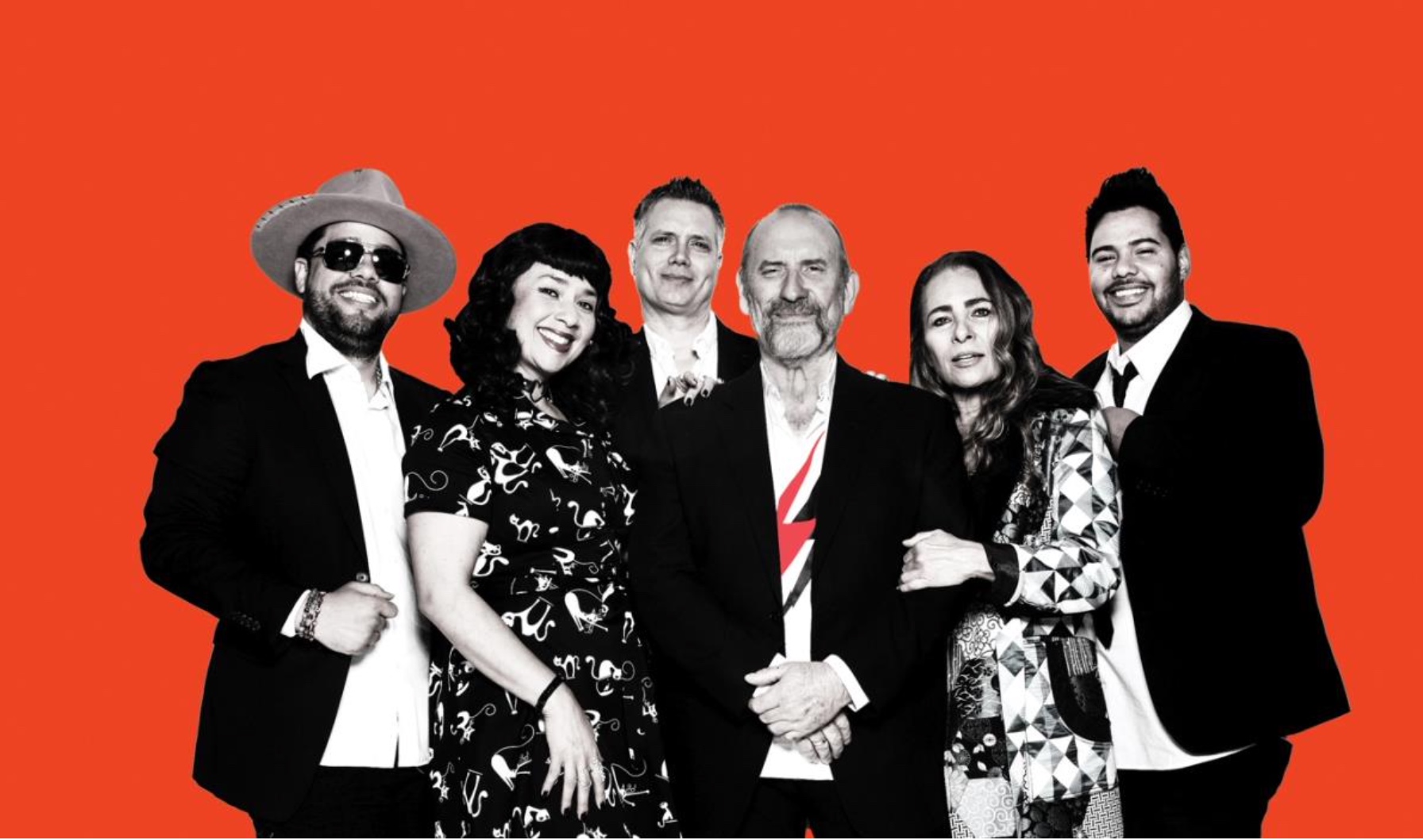
The Lost Dogs – What is art?

There are two questions that baffle even the most brilliant minds: what is the meaning of life? And what is art?
While the former is impossible to guess at, Australian artistic duo (and husband and wife team), Gillie and Marc, have attempted to answer the latter by exploring art’s place within the public sphere.
Their sociological experiment, titled The Lost Dogs, featured 100 hybrid man-dog sculptures crafted from fibreglass and coloured with bright car paint enamel. These pieces were then placed in different suburbs around Sydney.
“We had made a lot of these sculptures and decided to put them in the streets, on traffic islands, to see what the reaction was,” Gillie says. They created the statues over a six-month period and distributed them around the city in order to gauge how people would interact with the creatures.
Gillie and Marc are massive supporters of street art. They believe that the act of taking works out of gallery spaces and putting them into public spaces can increase people’s awareness of art to make it more accessible. Local councils have been commissioning the pair to create public sculptures for years, but this time the husband and wife duo decided to take things into their own hands.
“We put them out for people to enjoy and interact with,” Gillie explains, but after a month, all except three of the sculptures had been stolen or vandalised. “We thought a few would get stolen, but not all of them,” she says. “They were just getting stolen faster and faster, even when we put bike chains on them.”
Marc shares Gillie’s disappointment at the kleptomania. “We were on Victoria Road in Bellevue and put one at a bus stop then had to go to the car to get the chain and when we turned back around, it was gone. It was literally two minutes. We turned into vigilante police looking for it,” he laughs, “But we never found it. We called them ‘The Lost Dogs’ and just let it all go.”
While the results of the experiment were disappointing for the creators, The Lost Dogs presents an examination of contemporary art’s link to the public realm. Where we question whether the value of art is contextual or inherent.
When Art is in a gallery, it attains the status of something that is elite, and transcendent. Street art, on the other hand, encompasses an entire space, and is available to anyone at any time. Gillie believes that “when art is on the street you don’t necessarily need to have an art interest to enjoy it like you do in a gallery,” – a notion that implies that art’s value is inversely proportionate to its availability.
In the same vein, art in a gallery is unattainable: very few people would attempt to steal work from a gallery no matter how lax the security. Yet people seem to approach art on the street in the same way they would approach a council clean up: if it’s on the street, it’s up for grabs.
“It was disappointing,” Marc says. “Because people are either walking around with bolt cutters, or they’ve gone home to get them because they’ve seen this statue and decided they want it…People thought they could just take them.”
In a surprising contradiction, Gillie and Marc found that in certain suburbs The Lost Dogs statues weren’t affected by theft and vandalism, which proposes the idea that not only does the value of art depend on context, it also depends on the demographic of the audience.
“In Mosman people liked that [the statues] were there,” Marc says. “It was similar to the Martin Luther King Jr. wall in Newtown where everyone seemed to understand that the sculptures were art, so no one touched them or vandalised them.”
The pair is surprisingly light-hearted about the ordeal, considering they lost a potential $500,000 from the thefts. Though no one was caught in the act of stealing the sculptures, Gillie says that they have received emails from people who have spotted the dogs: “We know there is one on a rooftop in Bondi,” she laughs.
When asked whether they would try to track The Lost Dogs down, the pair laugh and explain that once an artwork is out on the street, it takes on a life of its own – whether it takes its intended course of action, or not. This is a quality that is unique to street art and adds another dimension to the work.
The Sydney Council spends millions of dollars every year on removing what it deems to be graffiti, but recently began focusing resources on public art as part of Sustainable Sydney 2030. The Council website states that it recognises that “the presence of art in public places is one of the indicators of a flourishing cultural life. It can add joy, texture and complexity to the public domain.” Although it begs the question – what is graffiti, and what is art? (AE)
BY ALEXANDRA ENGLISH









